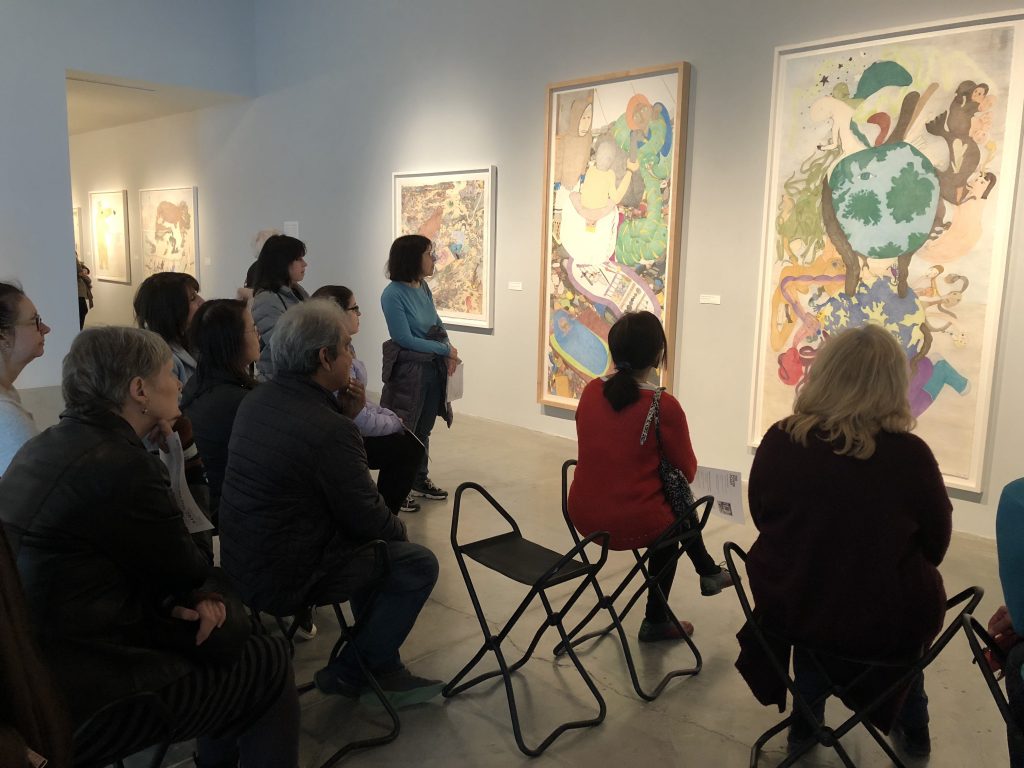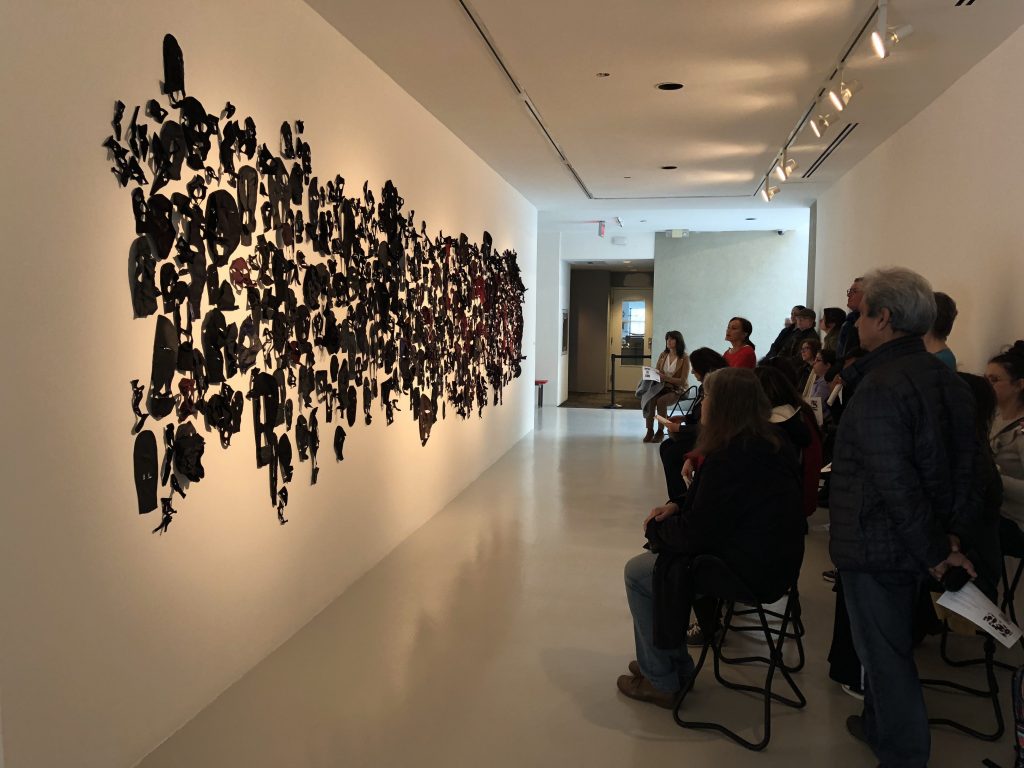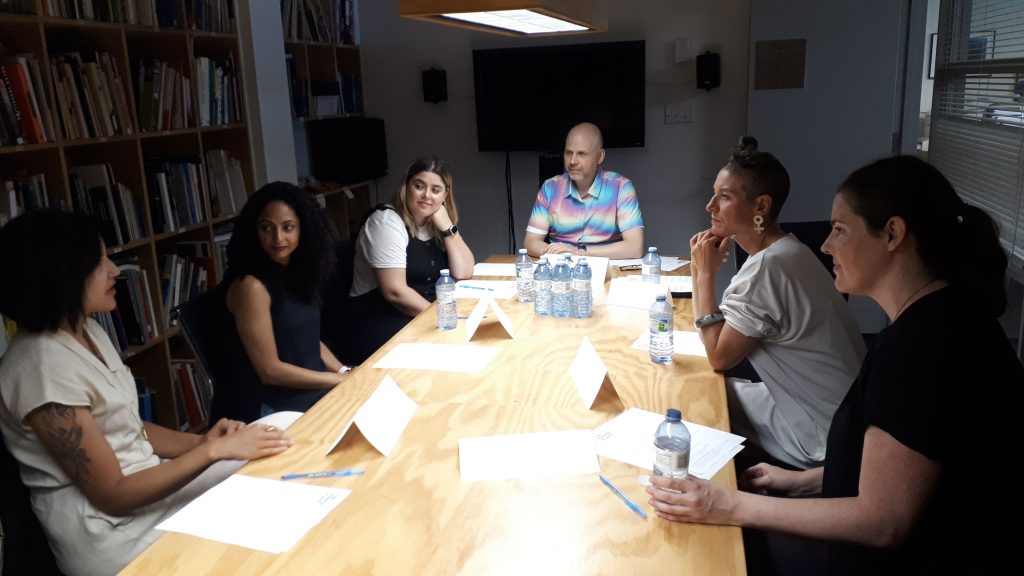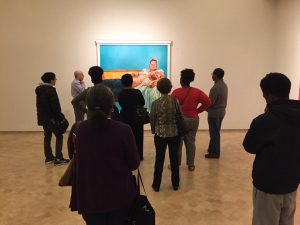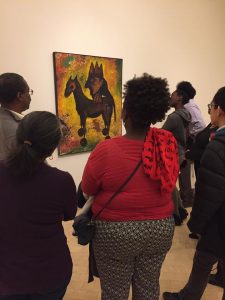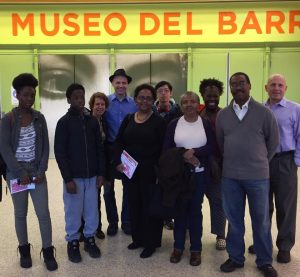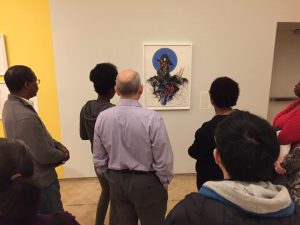As we prepare for Slow Art Day 2020, we have finished our 2019 report with host summaries from around the world.
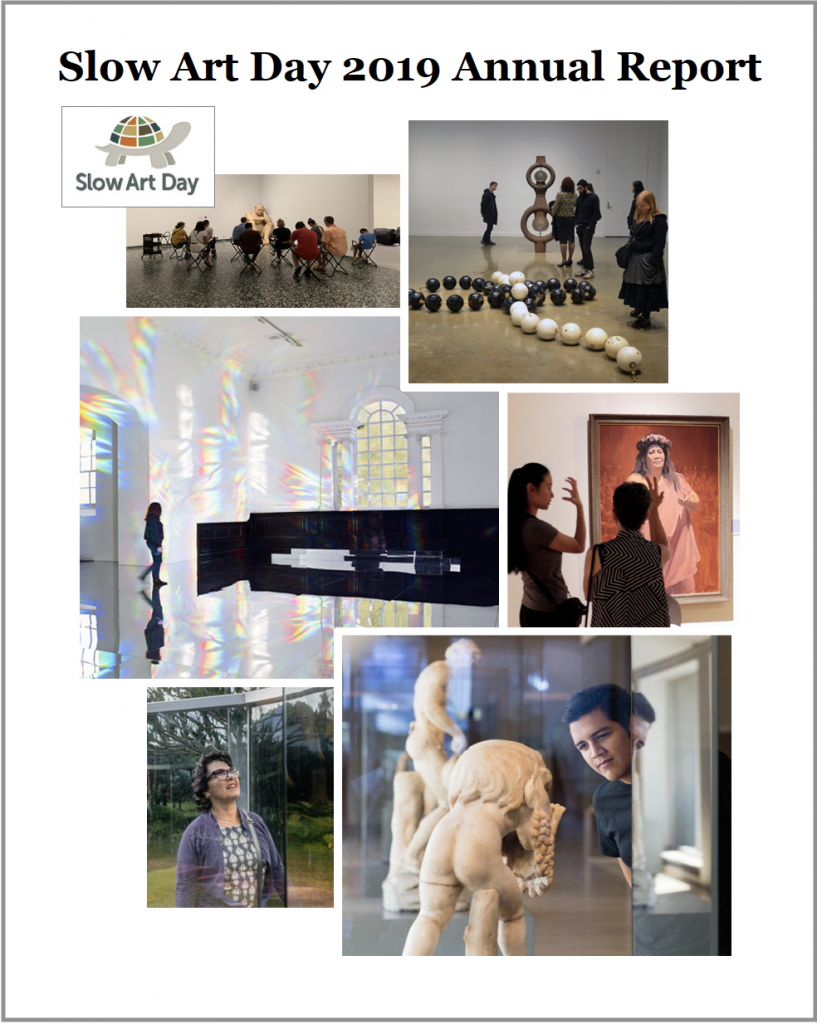
If you would like to review the full report, you can
download it here (PDF – 14MB).
Highlights
- SFMOMA hosted a ticketed lunch and slow viewing session, which sold out
- Chicago Art Institute trained young people to be docents for Slow Art Day engaging young people in a new way that gives them ownership over the experience
- Brazil’s largest foundation of contemporary art, Inhotim, hosted its first Slow Art Day
- Toronto hosted more Slow Art Day events than any city around the world
- Many venues held daylong events with food, music, dancing, and lots of slow viewing (check out this video from Ur Mara Museoa in the Basque country)
- Multi-sensory sessions took off around the world (close to 25% of reporting museums did some multi-sensory work, as you can see below)
- Phil Terry, Founder, delivered a keynote about Slow Art Day at a Toronto inclusive design conference
- Phil and the team started visiting cities (Toronto and Philadelphia to begin with) to bring together educators and curators to strengthen the community and share best practices
We also continued to receive great press attention including from The BBC, The Art Newspaper, Smithsonian Magazine, and many local and regional offline and online newspapers, radio, and television.
Again, to read the full report including summaries from around the world, download our 2019 Annual Report here (PDF-14MB).
We look forward to celebrating our 10th anniversary with you in 2020. Thank you for all you have done to make possible the 1,500 total Slow Art Day events over the years on every continent and land mass except for Greenland (who is up for Greenland this year?).
Best,
Phil, Ashley, Maggie, Johanna and the whole Slow Art Day central volunteer team
PS –
If you haven’t already, you can register for 2020 participation via this link: https://www.slowartday.com/be-a-host

